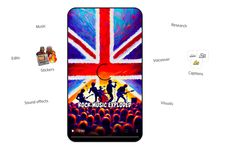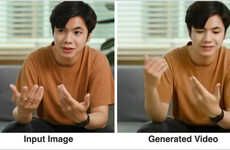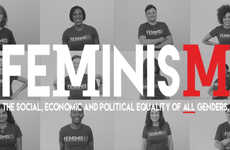
Rob Cantor's Perfect Celebrity Impressions Turned Out To Be Fake Afterall
Alyson Wyers — July 10, 2014 — Pop Culture
After the music video of Rob Cantor doing 29 celebrity impressions in one original song went viral, the singer released a 'making of' video explaining his perfect celebrity impressions were all fake. It turns out the man cannot do a single impression, but instead relied on 11 talented impressionists while he lip synced.
The fascinating behind the scenes video shows how the other impressionists were recorded and digitally stitched together to make it seem like Rob was the one doing the perfect celebrity impressions. Like many people in the comments section of the original video predicted, the whole thing was a hoax. However, the amount of clever video editing shows how media can be manipulated and could potentially change the way we see the content we consume.
The fascinating behind the scenes video shows how the other impressionists were recorded and digitally stitched together to make it seem like Rob was the one doing the perfect celebrity impressions. Like many people in the comments section of the original video predicted, the whole thing was a hoax. However, the amount of clever video editing shows how media can be manipulated and could potentially change the way we see the content we consume.
Trend Themes
1. Manipulated Media - Opportunity for developing advanced video editing technologies to detect and prevent manipulation of media content.
2. Authenticity in Content - The need for platforms and creators to verify and ensure the genuineness of viral content and media productions.
3. Public Skepticism - Increasing cynicism and skepticism among the public regarding the authenticity of viral videos and media.
Industry Implications
1. Video Production - Innovative video production companies can offer advanced editing services to create authentic content and maintain transparency.
2. Social Media Platforms - Social media platforms can develop and implement mechanisms to authenticate and validate viral content.
3. Media Literacy Education - Opportunity for educational institutions to offer programs to enhance media literacy skills and critical thinking to identify manipulated content.
1.2
Score
Popularity
Activity
Freshness















